Red tea bowl Bunsai Ogawa (5th generation)
Red tea bowl Bunsai Ogawa (5th generation)
Couldn't load pickup availability
Width: 16.0cm x 16.0cm Height: 6.0cm
The color of flames, the vessel of serenity
"Red colored tea bowl" by the 5th generation Ogawa Bunsai
The "Red Tea Bowl" by Ogawa Bunsai 5th is a work of art filled with powerful yet introspective beauty, as if a flame were quietly dwelling on the surface of the vessel. The flow of colors, from deep red to ink and then to a purple-tinged indigo, is the result of a dialogue between fire and earth, and the more you look at it, the more you are drawn into its depth.
The greatest appeal of this tea bowl lies in the tone of the glaze and the texture of its surface. The red glaze is not simply a result of coloring, but rather emerges as a deep, vivid color after undergoing complex crystallization caused by the particles of soil and the temperature of the fire. The finely shrunk pattern on the surface feels comfortable in the palm of your hand when you pick it up, impressing not only those who see it but those who touch it as well. This piece creates a beautiful contrast when it is filled with matcha. The rim is formed with a slight sway, giving it a gentle and practical structure that is in tune with the actual action of making matcha.
Aesthetic sense and spirituality entrusted to the red of the flame
In the works of Ogawa Bunsai V, red was not merely a decorative color, but a special color that symbolized inner passion and the power of life. In particular, in this "Red Tea Bowl," the glaze's shimmering, which could be called the "memory of flames," reflects the very spirit of the potter, nurtured in the fire.
To express this kind of glaze, advanced techniques and a deep understanding of firing are indispensable. Even the slightest change in temperature or oxygen conditions would cause this red glaze to take on a completely different hue, but Godai's outstanding skill is apparent in the way he has managed to produce a stable color that is almost calculated. It is the result of many years of trial and error and training to ensure that the "beauty of chance" is embraced.
Artist profile — The journey of the fifth generation of Bunsai Ogawa
The 5th generation Ogawa Bunsai (real name: Ogawa Kinji) was born in Gojozaka, Kyoto in 1926. He was familiar with ceramics from an early age, and was first selected for the Nitten Exhibition in 1950. He went on to win a succession of prestigious awards, including first place at the Contemporary Japanese Ceramic Art Exhibition, the Nitten Special Selection and Hokuto Award, and the Minister of Education Award.
His work has been highly acclaimed internationally, including winning the Grand Prix at the Vallauris International Ceramic Exhibition in France in 1974. In 1991, he officially took on the name Godai Bunsai and, as president of Kyoto College of Art, he also devoted himself to nurturing the next generation of artists.
His philosophy can be summed up in the phrase, "Tradition is not a form to be inherited, but a spirit that is constantly being renewed." Without being bound by tradition, Godai has elevated his own unique beauty to pottery while preserving its core.
From Red to Green, and to Six Generations
The "aesthetics of red" that was prominent in the generation of the fifth generation Ogawa Bunsai has been passed down in a new form to the current sixth generation Ogawa Bunsai (Oki). The sixth generation chose to use "green" as the main axis of expression rather than red, and his works reflect a wish for peace and coexistence with nature. While green symbolizes peace and healing, the fifth generation's red seems to speak to the strength of inner passion and prayer.
The red in this "Red Tea Bowl" is not just a color, but a "record of flame" that symbolizes Godai's spirit and belief in pottery. Although the "Red Tea Bowl" gives a strong impression at first glance, a quiet prayer resides deep within it. The warmth you feel when you hold the bowl in your hand, the flickering light reflected in the glaze, and the artist's soul that can be felt from it - all of these are condensed into one bowl.
This piece, which combines the beauty of utility and spirituality that Ogawa Bunsai 5th generation pursued throughout his life, can be said to be a monumental work of modern ceramics. Please take this opportunity to experience its beauty and spirit.
Share
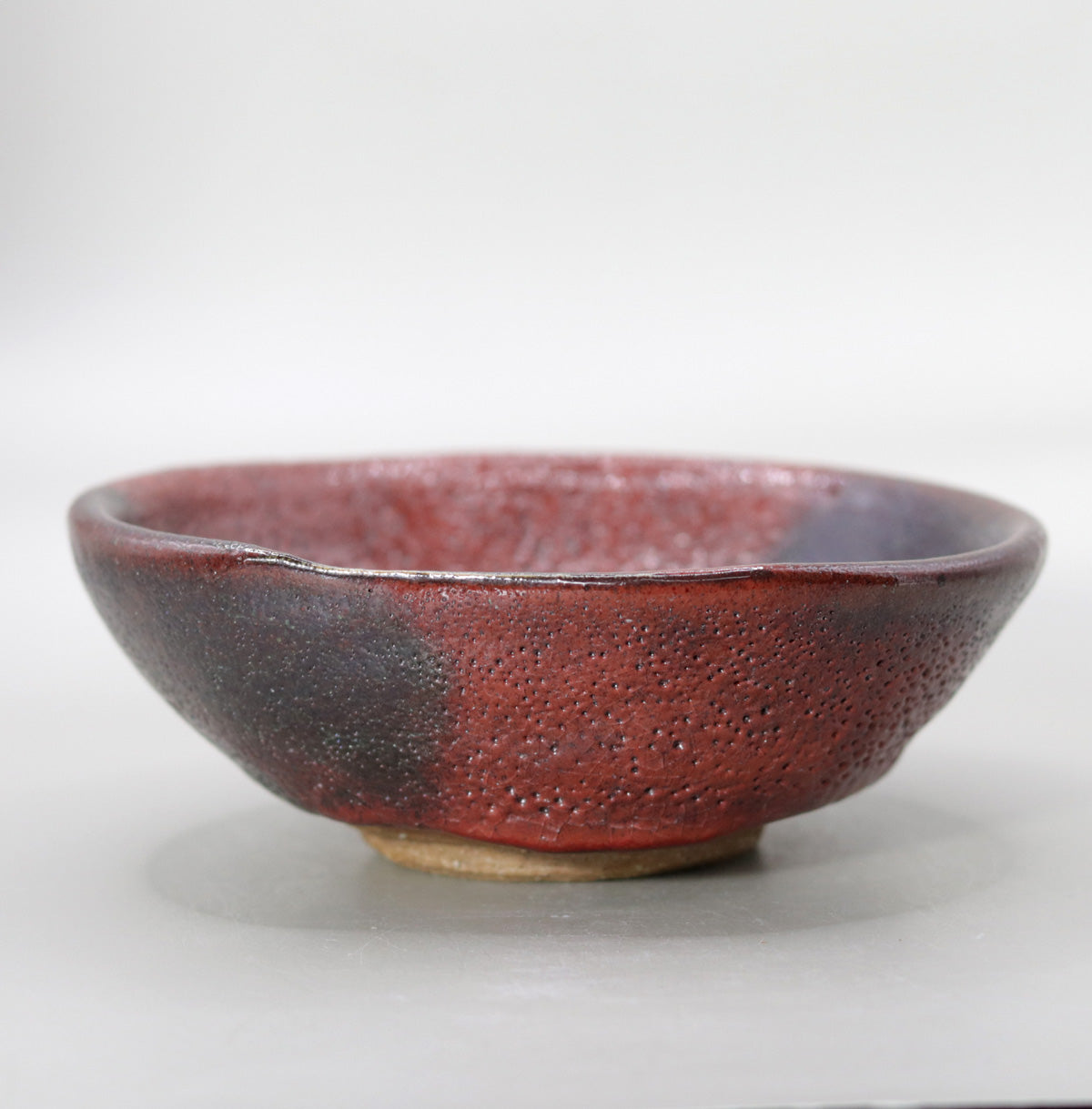
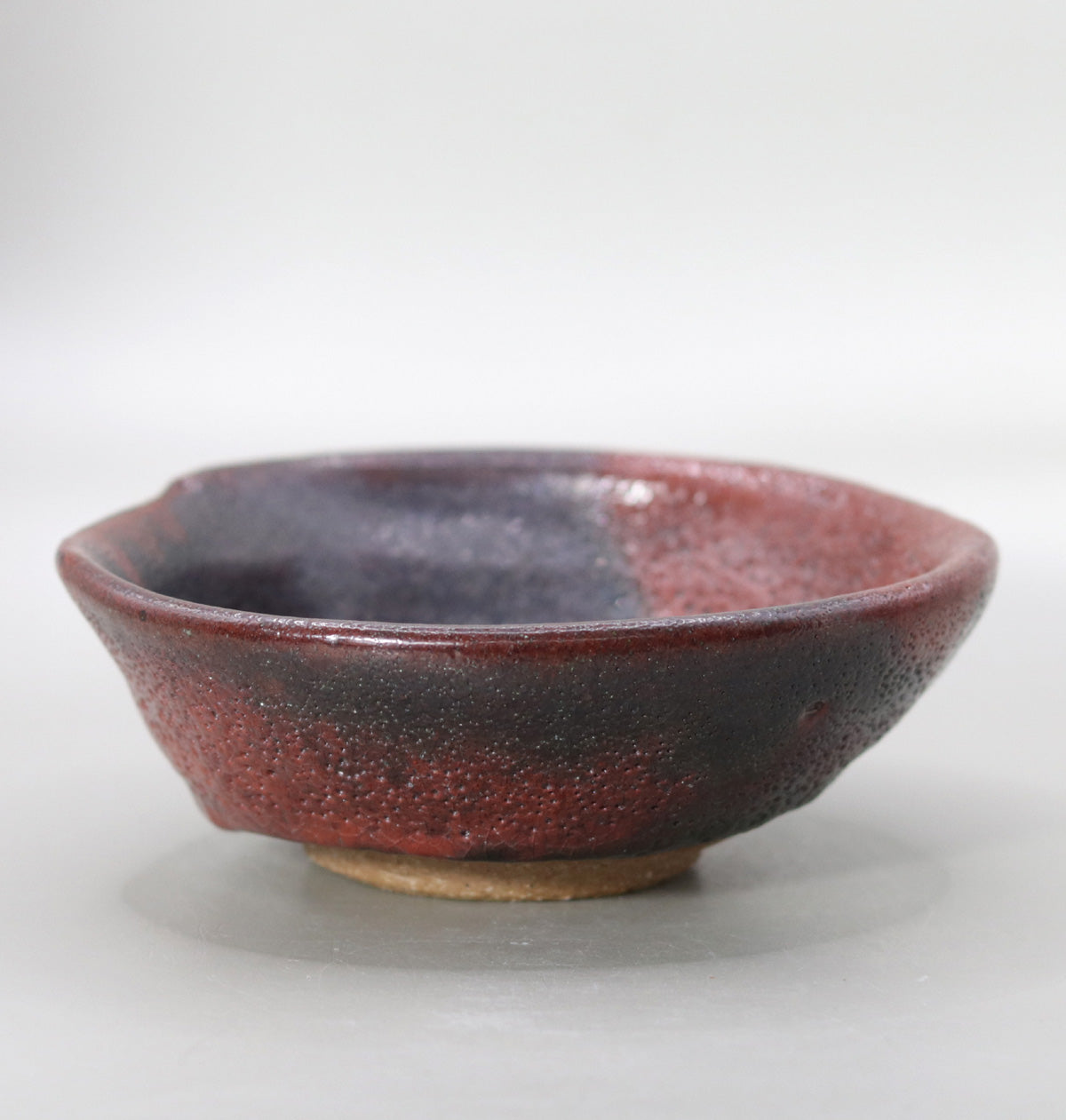
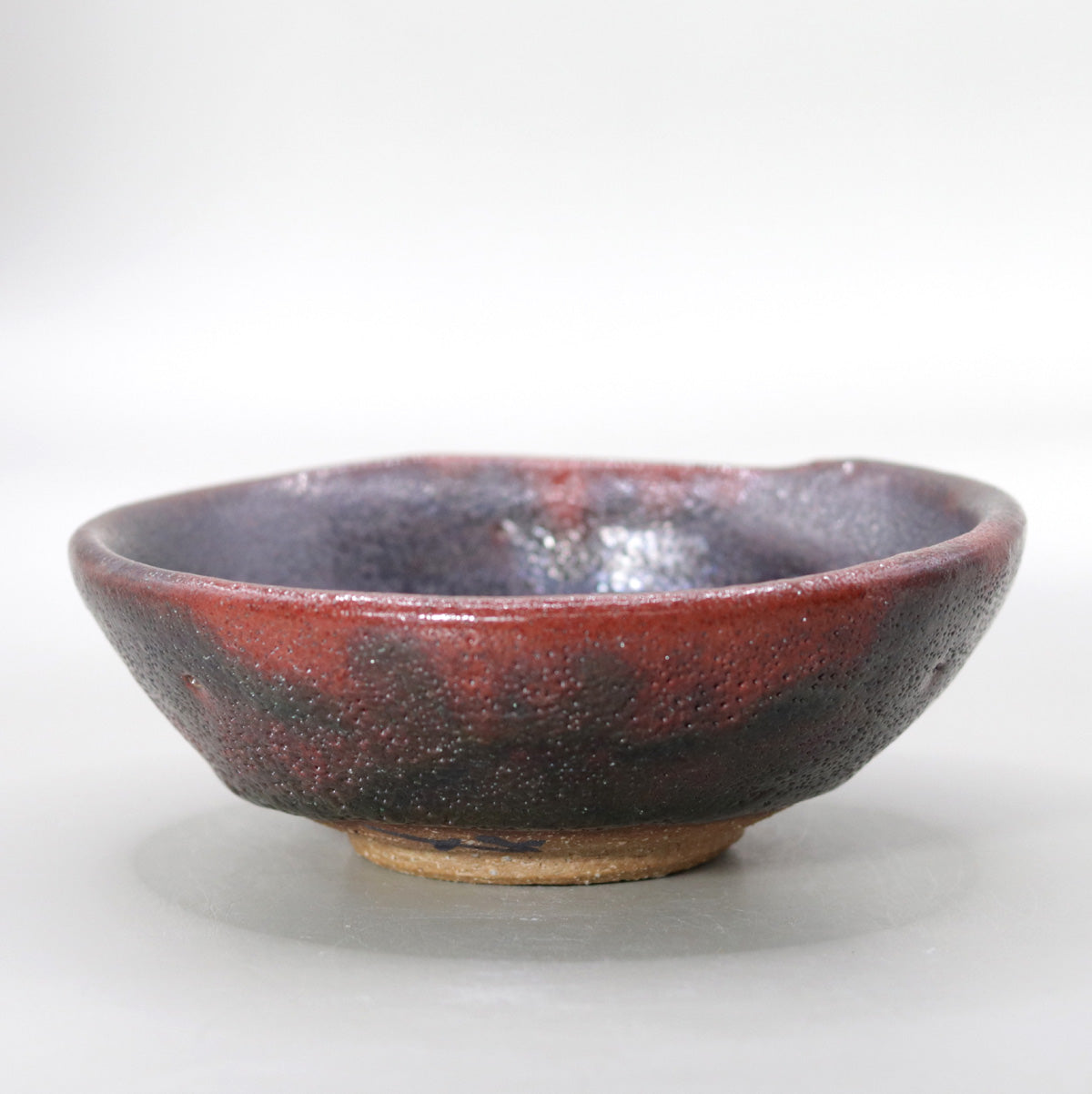
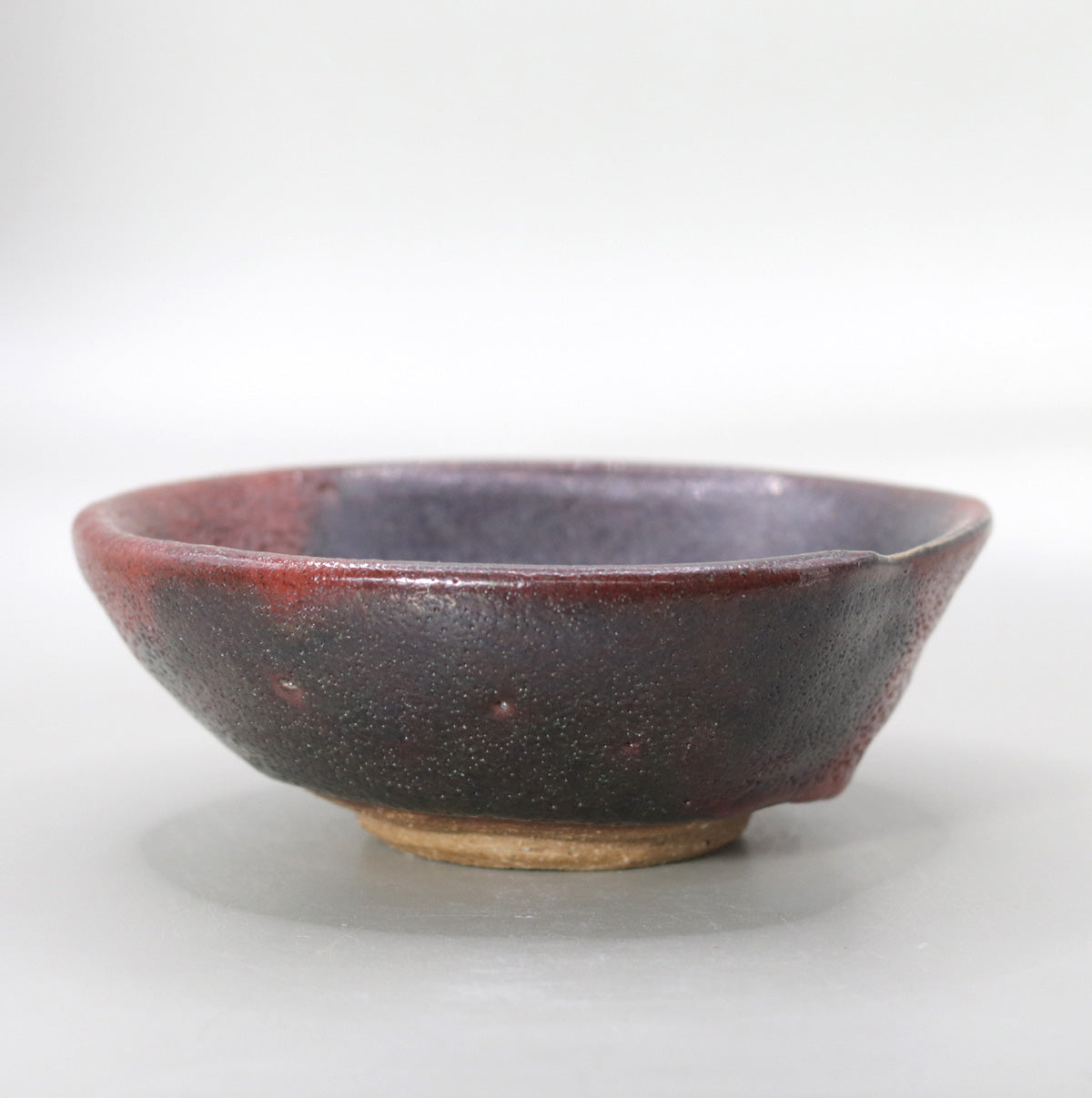
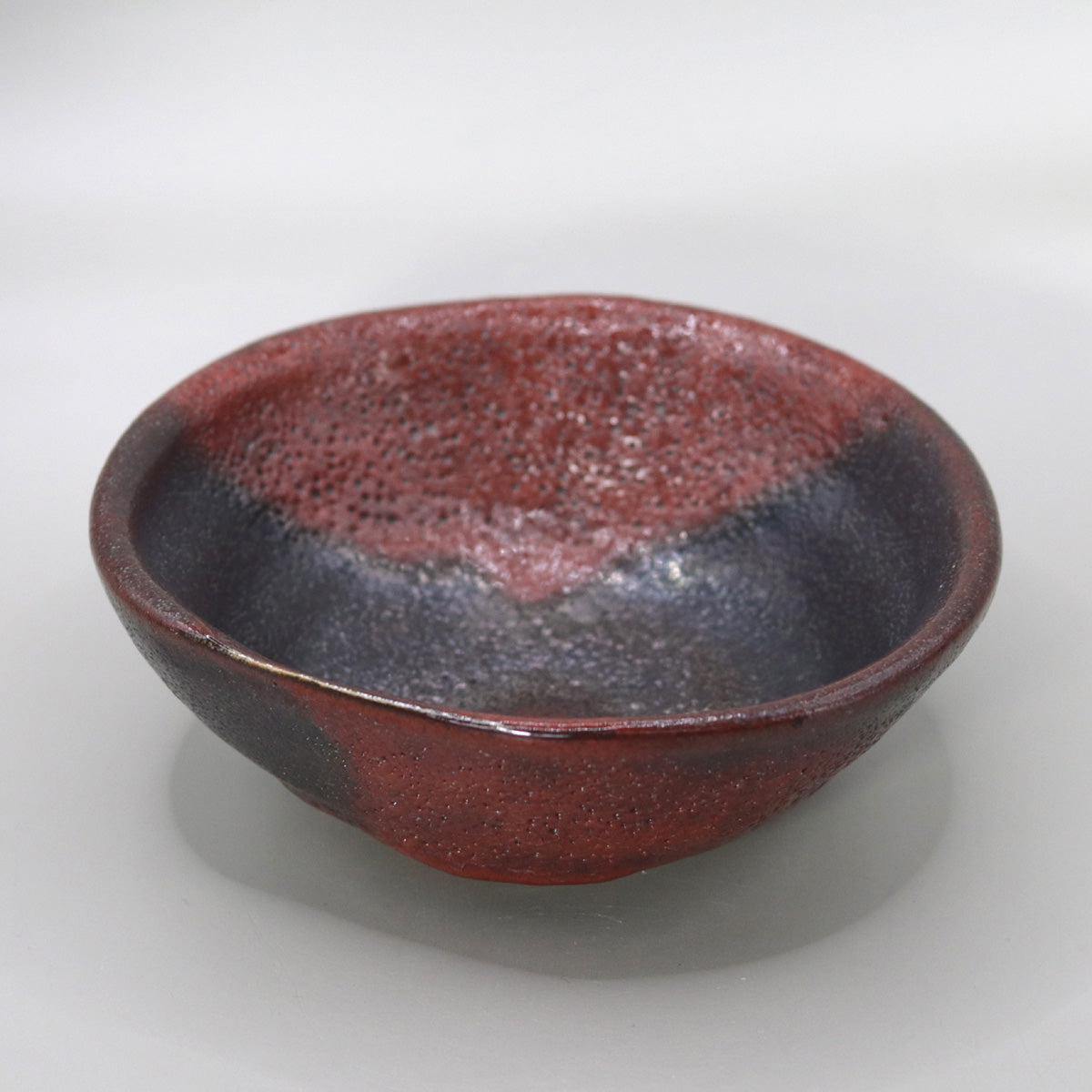
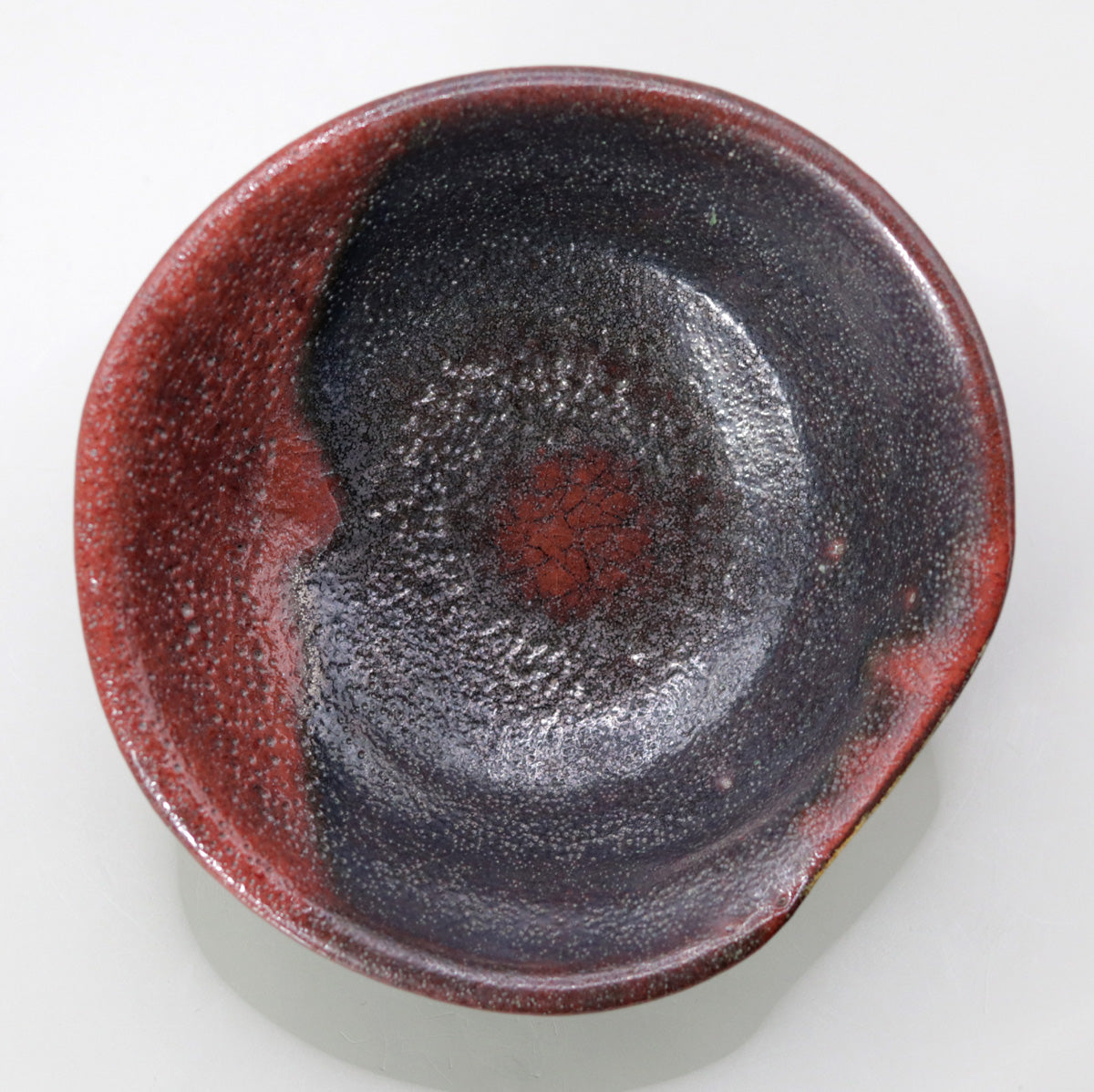
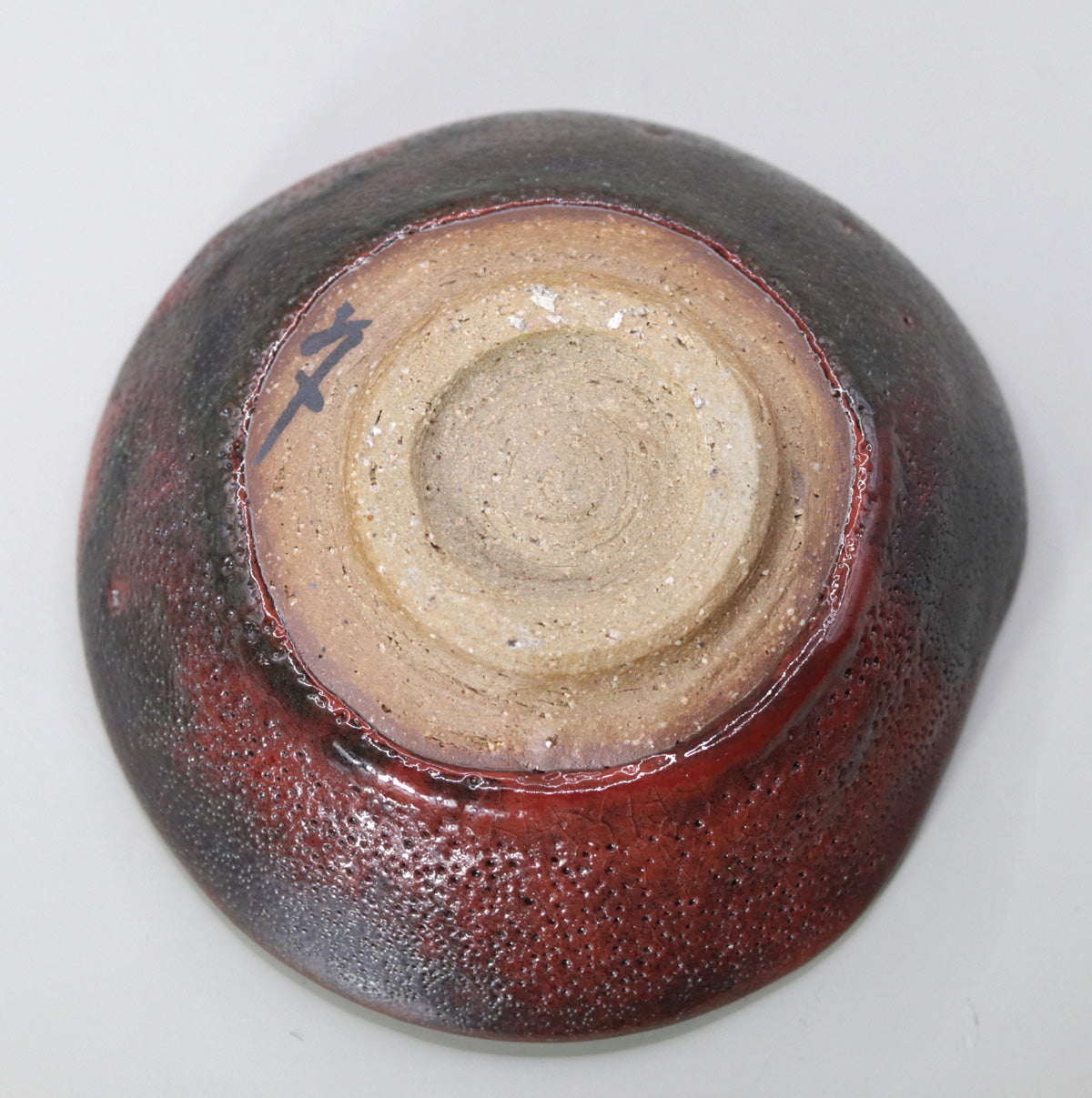
Multi-Column
-
[I will send it to you quickly and carefully]
We carefully package each product in a way that suits it best.
Also, delivery times vary depending on the piece (vessel, etc.).
Items that already come with a box will be shipped within 1-3 days of the order date.
For items that require a box to be made after your order, it will take approximately 30 days for production to be completed and then shipped.
In either case, once we have confirmed your order, we will contact you by email to inform you of the delivery date.
-
[Requests when purchasing pottery]
Even products that look the same may differ slightly in color, shape, size, etc.
The way the glaze is used, the power of the kiln, the firing method, the season, and the humidity also affect the appearance of the pottery.
Please understand the individuality of each piece of pottery and enjoy the unique warmth of handmade.







